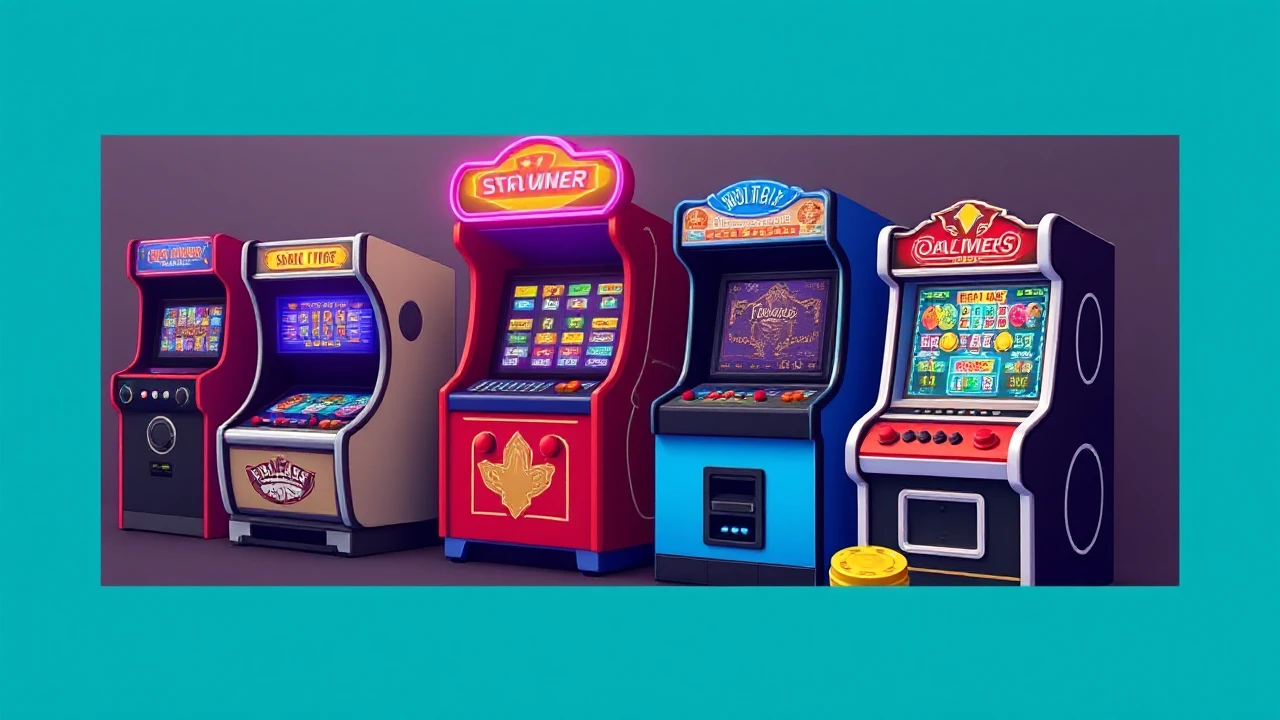Today's Top Highlights
Stay updated with the latest insights and trends in online gaming
Others
 READ MORE
READ MORE
Exploring the Newest Developments in Digital Gaming Activities

Kirk Jones
13 Sep 2025
Others
 READ MORE
READ MORE
Explaining the Cutting-edge Changes in Internet-based Casino Options

Kirk Jones
13 Sep 2025
Others
 READ MORE
READ MORE
Delving into the Newest Trends in Digital Gaming Entertainment

Kirk Jones
13 Sep 2025
Esports
 READ MORE
READ MORE
Getting the Most out of Bonuses: A Strategy for Canadian Online Casinos

Kirk Jones
12 Sep 2025
Others
 READ MORE
READ MORE
Your Definitive Handbook to Playing Internet-based Casino Slots: An In-Depth Guide

Kirk Jones
12 Sep 2025
Others
 READ MORE
READ MORE
Proven 10 Strategies for Increasing Your Earnings on Slot Machine Games

Kirk Jones
12 Sep 2025
Recent Posts
 Others
Others
 Others
Others
 Others
Others
 Others
Others
 Others
Others
 Esports
Esports
September 2025 Blog Roll
August 2025 Blog Roll
July 2025 Blog Roll
June 2025 Blog Roll
Sponsored News

Others

Others

Others

Others

Others

Esports





